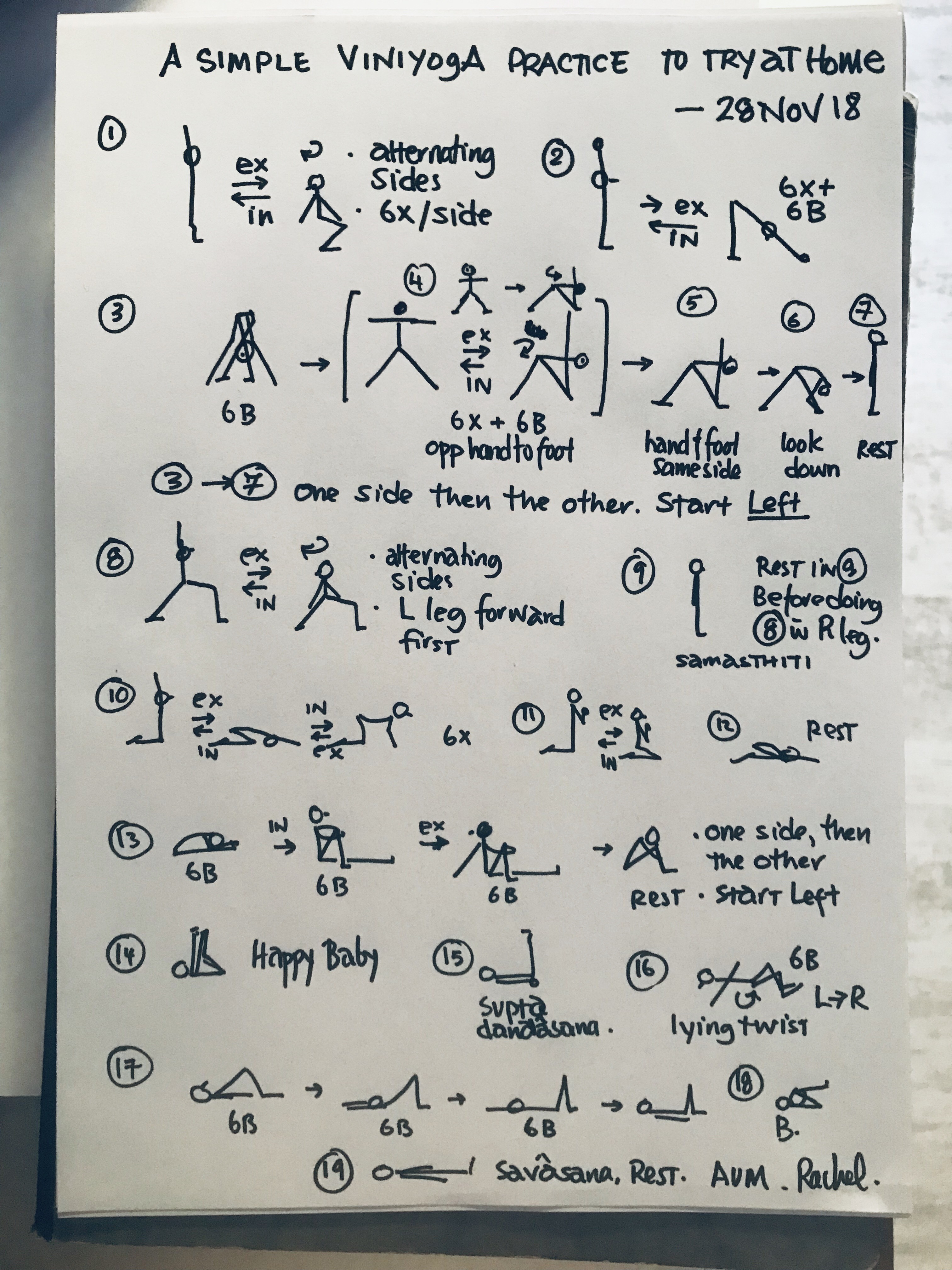It is an open secret in the yoga world that most of us arrive here after trauma or trouble of one sort or another. In fact, I have heard said since my earliest days in this strange world of integral healing “people arrive at yoga when they are tired of suffering.”
I think it’s true. The suffering just goes on and on. As the Buddha observed, life is suffering. We suffer in our minds, our bodies and our spirits. Sometimes a little at a time, sometime all three at once.
So, the blues bring us to yoga. And yoga helps make the blues a little more manageable. But the blues don’t go away. They are there, we just learn how to deal with them better.
What are the blues, anyway, and where do they originate? The blues is emptiness. The blues is the sense that something is missing here, and we can’t quite work out what. The blues is the void. Each part of the body-mind-spirit construct may give cause for the blues. The body has appetites and desires. The mind never stops. The soul aggrieves with its absence.
Body
When we are young, maybe the body doesn’t suffer as much. At least, the aches and pains are fewer and easier to deal with. As we age, maybe our mind gets calmer, we find some wisdom. But the suffering is still there. The body asks loudly for food, shelter, comfort, touch, stimulation of the senses. We are constantly being dragged off by desire and appetite. It is the way of the body. The body is the lovely prison that we inhabit for a time, and its wants generally dominate our entire earthly life.
Mind
The mind is just as bad, if not worse. The mind wants distraction. It likes to be busy. It oscillates between fear of what is to come and remorse for what has been. Rarely does it sit quietly, without judging and in the present moment. Mental fluctuations, called vrittis in Sanskrit, cause us untold suffering. As we think, we feel, we have emotional/limbic responses to our thoughts. Our heart may race, or we feel choked and tearful, or hot and agitated. This somatisation of thought and emotion wreaks havoc in our lives. The mind is the construct through which our soul has to view the world. The mind requires much cleansing and polishing lest its distortions be mistaken for reality.
Soul
The soul, well, the soul suffers all this. Its voice is the quietest but the most insistent. It talks to us in the dead of the night. It whispers to us when things don’t “feel” right. It begs us to listen, but generally we don’t. And so, the soft restful peace of the soul is denied us. We suffer its absence.
What does all this have to do with yoga and the blues?
So, the other unspoken secret of the yoga world is that yoga teachers also get the blues. We are often, by nature, sensitive people. Yoga makes us more sensitive, but less vulnerable. How?
When you have become aware of and able to control the subtle energy (prana), you can control how much energy sticks to you, and how much of your own energy you allow to escape. You get a kind of protective bubble.
When the blues come knocking, instead of, as before, running out to find bodily comforts (alcohol, food, etc)…before plonking down on the sofa with binge watch a series…before succumbing to that empty soulless feeling…you just sit with it. You watch yourself having these feelings, you don’t detach from these feelings, you feel them, but you watch yourself feeling them. You watch where the breath moves, what parts of the body feel heavy or shaky, you watch yourself and you don’t do anything. Except normal, basic care. Healthy food, good rest, time with living being (pets, plants, trusted people) and you just…wait it out.
(For completeness, let’s remember that medically diagnosed depression is not the blues and probably needs professional intervention…)
Patience being a virtue and all, the blues soon pass if you just let them. Nothing ever gets resolved overnight. Hurts happen, disappointments bite, life is a bit shit sometimes. But yoga says : “sit still, watch, wait it out”. And you know what? It works. And it hurts hardly at all.


